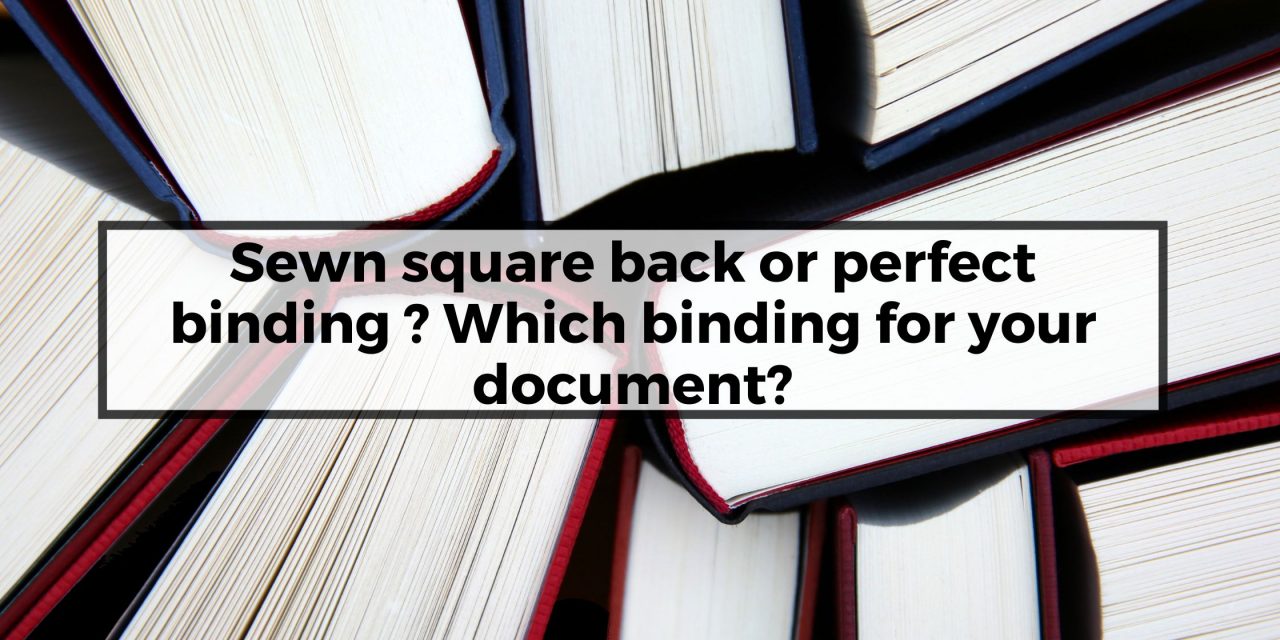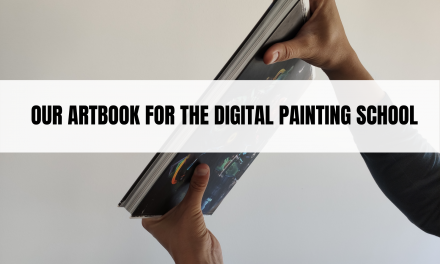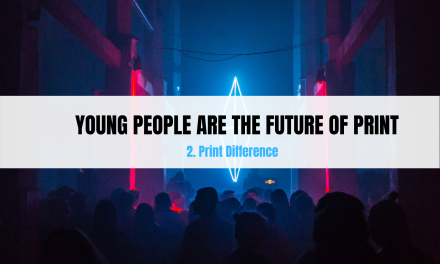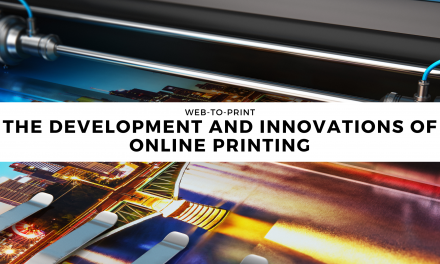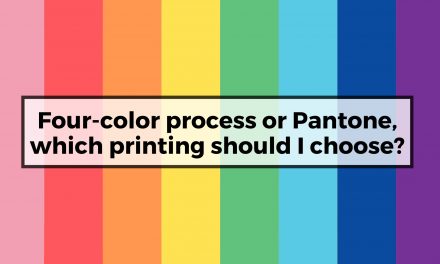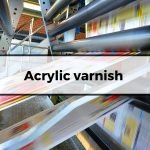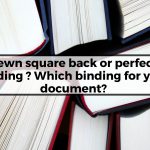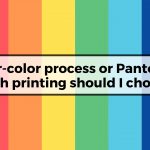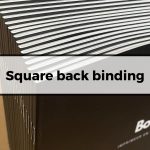Binding is a crucial process when creating books and magazines. The two most commonly used types of binding for these types of documents are the sewn square back and the perfect binding. Even if they look very similar, they do have several significant differences.
In this article, we will see the advantages and drawbacks of the sewn square back and perfect binding or if you’re wondering which type of binding would be the best for your next printing project, this article is for you!
The perfect binding
We speak about the perfect binding when the sheets of paper are glued together directly on the spine of the cover, after being cut and milled on the side. It is a binding which offers solidity and better handling. Pages are usually glued together with standard glue or PUR (reactive polyurethane).
The advantages
- It is ideal for books with a large number of pages.
- It is more economical than the sewn square back binding.
The drawbacks
- Pages may detach if the booklet is used frequently in the flat position*.
- The cost of manufacturing is higher than for a saddle stitch and/or square binding **.
*For this type of use, we prefer the sewn binding or the Wire’O.
**If the pagination is low, less than 48 pages, it is preferable to choose a saddle stitch/square binding.
FYI: In order to optimize your printing costs and whenever possible, it is better to have multiples of 16 pages for the interior.
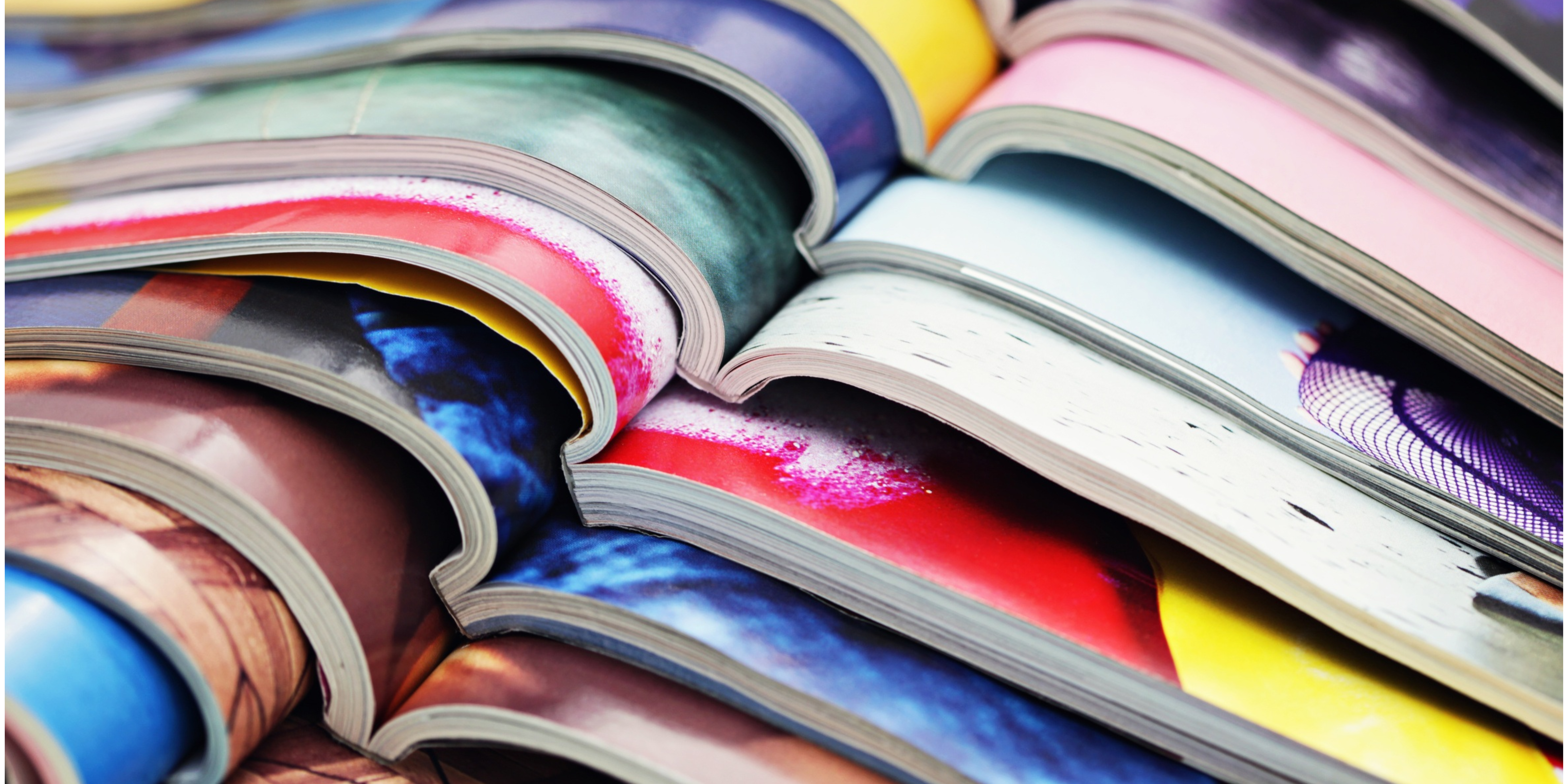
SEWN SQUARE BACK
Sewn square back binding consists of sewing the sheets of paper with thread before hot-gluing them to the cover, which reinforces the hold and ensures high quality. Indeed, this binding method is more robust than perfect binding, because the pages are sewn together before being glued (as the name suggests). This binding is ideal for books that need to withstand frequent use or lie flat when opened, such as cookbooks, textbooks, and art books.
The advantages
- The life span of the document is much higher than for a simple perfect binding.
- The possibility to choose between a soft or hard cover and a flat or rounded spine.
- The possibility to make a variation in Swiss binding*.
The drawbacks
- Higher production cost than for a perfect binding.
- Longer production time due to the additional production step.

In conclusion, the choice between these two binding techniques is based on several criterias : the intended use of the book, the budget allocated to printing, and the desired result.
You can quickly get a quote for your perfect bound brochures directly on our website, or make a personalized request by email in the case of sewn square spin.

